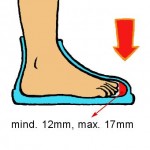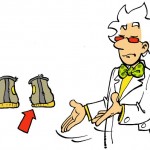What's in a number? How to read shoe sizes
Worldwide there are about four common sizing systems for shoes. In Europe, shoes are usually sized using “Paris Points”. In the EU, one Paris Point and therefore one shoe size equals 2/3 cm, which is 6.67 mm.
To calculate the inside length of a size 30 shoe, multiply the shoe size by 2 (30 x 2 = 60), then divide the result by 3 (60 / 3 = 20).
UK sizing starts at 4 inches, each size up equals 1/3 inch or 8.46 mm. A size 12 shoe should therefore have an inside length of 8 inches or 203.2 mm.
For some reason, shoe sizes have not yet been standardized in Europe. Therefore it is often the case that although a shoe is labelled a size 30, the inside length rarely equals 20 cm… And strangely enough, the shoes are almost always too short and hardly ever longer than the size marked.
How fast do kids' feet actually grow?
In our first research project, we examined the feet of children between the ages of three and six and analysed their growth. We found that at this age, children’s feet grow an average of 1 mm per month. Armed with this knowledge, buying shoes for children just got easier: Children’s shoes should be at least 12 mm and not more than 17 mm longer than their feet. If you buy shoes with 17 mm extra space, the shoes will fit for about 5 months (still leaving the necessary 12 mm of extra space).
You’re concerned because this is just an average figure? We thought of that as well, but according to our calculations, only 2.5% of all children show a faster growth rate than 1 mm per month.
Tips:
- Between the ages of one and three, feet can be expected to grow as much as 1.5 mm in length per month.
- Between the ages of three and six, children’s feet grow an average of 1 mm per month in length.
- Between the ages of six and ten, children’s feet grow somewhat less than 1 mm per month in length.
So what size is this shoe, anyway?
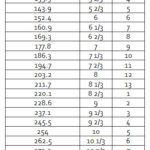 Our research has shown that most children?s shoes are labeled misleadingly. A shoe labeled UK size 11.5 is usually only a size 10 in length. This is why we recommend measuring the inside length in millimeter.
Our research has shown that most children?s shoes are labeled misleadingly. A shoe labeled UK size 11.5 is usually only a size 10 in length. This is why we recommend measuring the inside length in millimeter.
If you want to convert length to size:
| Inner length of shoe (Millimeter) | Inches | UK size |
|---|---|---|
| 118.5 | 4 2/3 | 2 |
| 127 | 5 | 3 |
| 135.5 | 5 1/3 | 4 |
| 143.9 | 5 2/3 | 5 |
| 152.4 | 6 | 6 |
| 160.9 | 6 1/3 | 7 |
| 169.3 | 6 2/3 | 8 |
| 177.8 | 7 | 9 |
| 186.3 | 7 1/3 | 10 |
| 194.7 | 7 2/3 | 11 |
| 203.2 | 8 | 12 |
| 211.7 | 8 1/3 | 13 |
| 220.1 | 8 2/3 | 1 |
| 228.6 | 9 | 2 |
| 237.1 | 9 1/3 | 3 |
| 245.5 | 9 2/3 | 4 |
| 254 | 10 | 5 |
| 262.5 | 10 1/3 | 6 |
| 270.9 | 10 2/3 | 7 |
| 279.4 | 11 | 8 |
| 287.9 | 11 1/3 | 9 |
| 296.3 | 11 2/3 | 10 |
| 304.8 | 12 | 11 |
When do children need their first shoes?
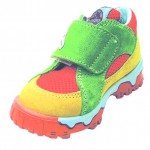
Wait as long as possible. You don’t need to rush out and buy shoes as soon as your child takes her first steps. Little feet develop best without shoes.
What about hand-me-down shoes?
In the first years, children’s shoes can only be worn for a few months before they get too small. This makes it possible to hand shoes down from older siblings. There is nothing wrong with this, but please pay attention to the following: If the shoe soles are worn down on one side of the heel and hang to one side it is not advisable to pass this pair on to another child.
Is there a difference if I buy shoes in the morning or afternoon?
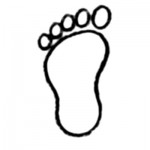 Yes! Adult feet are about 4% larger by the end of the day, expanding in length by a few millimetres and in width by about 1cm. Experience shows that little feet also vary during the day. Therefore it is advisable to buy shoes later in the day.
Yes! Adult feet are about 4% larger by the end of the day, expanding in length by a few millimetres and in width by about 1cm. Experience shows that little feet also vary during the day. Therefore it is advisable to buy shoes later in the day.
Can short shoes have an influence on children's feet?
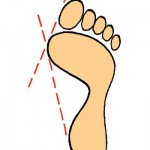 Yes! During the Austrian Research Project “Children’s Feet-Children’s Shoes” we examined the position of the big toe. We discovered that not more than 24% of the children had correctly-aligned big toes. Then we tested whether statistically, there is a connection between shoes which are too short and a misaligned big toe. What we discovered: There is a clear connection!
Yes! During the Austrian Research Project “Children’s Feet-Children’s Shoes” we examined the position of the big toe. We discovered that not more than 24% of the children had correctly-aligned big toes. Then we tested whether statistically, there is a connection between shoes which are too short and a misaligned big toe. What we discovered: There is a clear connection!
kinderfuesse.com/downloads/publikation
